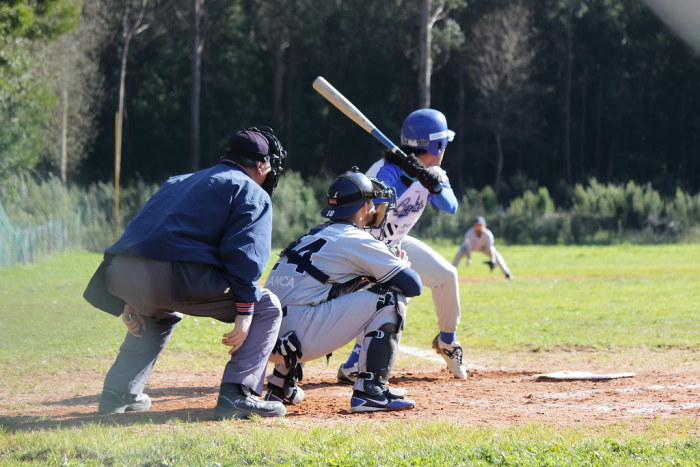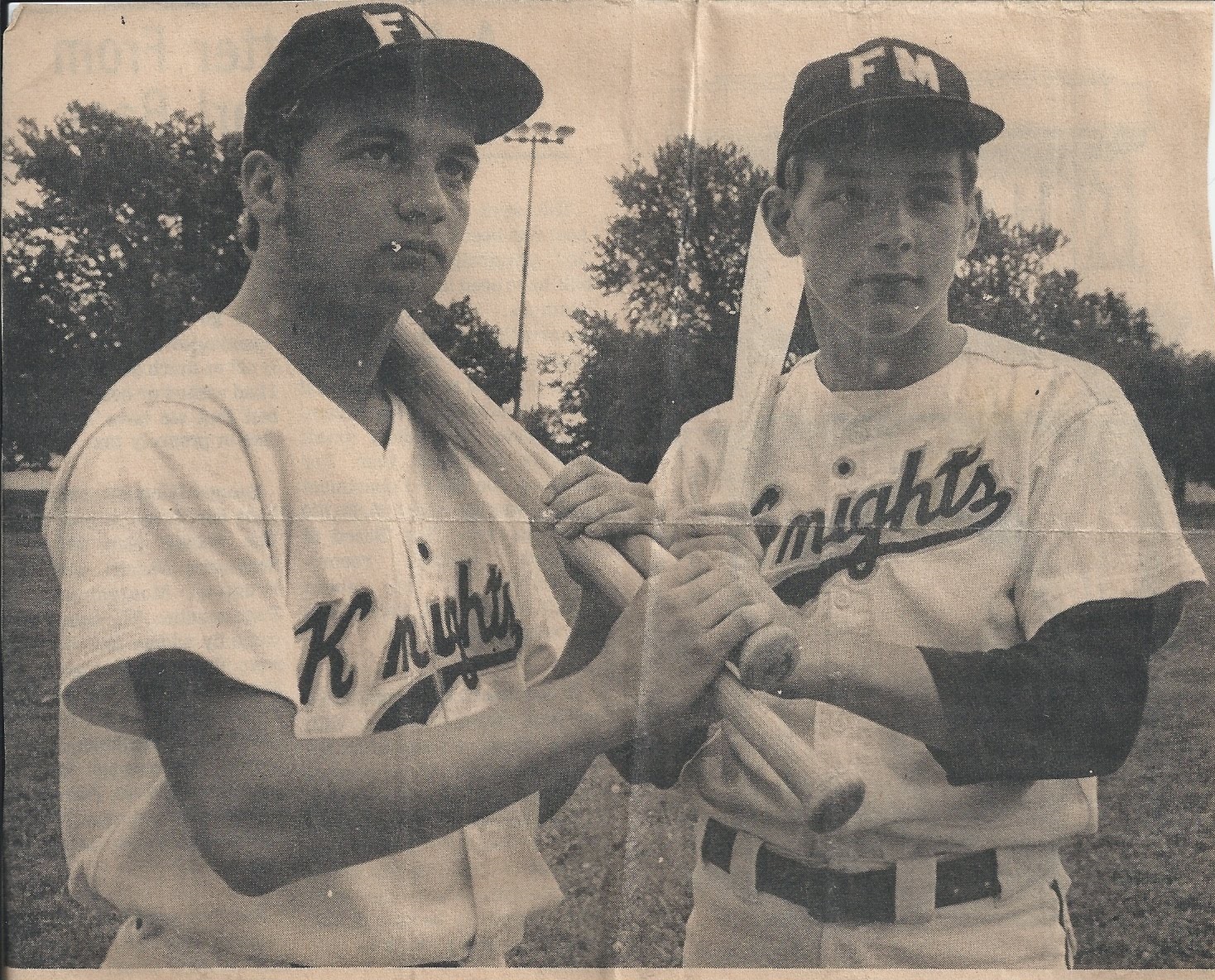Randy Richardson: “As a former baseball player and coach, I miss the sport as much as anyone, but is opening high school baseball and softball seasons really a good decision?” -promoted by Laura Belin
Governor Kim Reynolds announced on May 20 that summer athletic seasons may proceed for high school baseball and softball in Iowa, following a two-month activities suspension due to the novel coronavirus (COVID-19) pandemic. Her proclamation allowed the reopening of school facilities and practices beginning on Monday, June 1.
The Iowa Department of Education then announced that games could begin as early as Monday, June 15. Soon after, the boards of directors for the Iowa Girls High School Athletic Union and the Iowa High School Athletic Association voted to approve resuming the 2020 summer seasons under the education department’s guidelines.
Practices that take place prior to the start of actual games are required to follow strict mitigation policies, which include:
Post signage prominently indicating no one should attend or participate in practice if they currently have symptoms or have been in contact with anyone with a confirmed COVID-19 diagnosis in the last 14 days.
No dugouts may be used. Players’ items should be lined up against the fence at least six feet apart.
Parents must remain in their cars or drop off and pick up players after practice.
Players should use their own gloves, helmets, and bats as much as possible.
Coaches are responsible for ensuring social distancing is maintained between players as much as possible. This means additional spacing between players while playing catch, changing drills so that players remain spaced out, and no congregating of players while waiting to bat.
Players must bring their own water/beverage to consume during and after practice. No shared drinking fountains, portable hydration stations, or coolers may be used.
Coaches must sanitize shared equipment before and after each practice.
Players and coaches should check their temperatures before attending practices.
Anyone with symptoms of illness is not allowed to practice.
Coaches should be knowledgeable of their students with pre-existing health conditions and work with school nurses or other health officials to take additional precautions as needed.
Players should be encouraged to provide their own hand sanitizer.
Coaches must ban the spitting of sunflower seed shells.
Coaches are responsible for tracking absences for the purpose of noting potential COVID-19 cases.
Contact public health if a positive case of COVID-19 is reported.
Once games begin on June 15, the following mitigation requirements apply:
Post signage prominently indicating no one should attend or participate in games if they currently have symptoms or have been in contact with anyone with a confirmed COVID-19 diagnosis in the last 14 days.
Use of dugouts is permitted during games only.
Players should use their own gloves, helmets, and bats as much as possible.
Players must bring their own water/beverage to consume during and after games. No shared drinking fountains, water stations, or coolers may be used.
Coaches must sanitize shared equipment before and after each game.
Players and coaches should check their temperatures before attending practices or games.
Anyone with symptoms of illness is not allowed to participate.
Schools must limit the use of bleachers for fans. Encourage fans to bring their own chairs or stand. Fans should practice social distancing between different household units and accept personal responsibility for public health guidelines.
Schools must also implement any other reasonable measures under the circumstances of each school to ensure social distancing of staff, students, and community members, increased hygiene practices, and other public health measures to reduce the risk of transmission of COVID-19 consistent with guidance issued by the IDPH.
Fans must not attend if they have symptoms of illness.
No concessions stands are permitted.
Contact public health if a positive case of COVID-19 is reported.
As a former baseball player and coach, I miss the sport as much as anyone, but is opening high school baseball and softball seasons really a good decision?
Keep in mind that Major League Baseball is still developing a plan on how to start their season and maintain the safety of players, who get paid to play. One option being considered is to play games without fans.
While I applaud the Department of Education’s efforts to ensure the safety of players, I’m not sure they are workable. For instance, one of the guidelines for both practices and games is to post signage warning people that they should not attend or participate in a game if they have symptoms or have been exposed to someone with COVID-19. Will those signs prevent someone from attending if they want to see a game? How will this directive be enforced, and what happens when an infection breaks out after someone attends a game with the virus? Will the school be held responsible?
Some of the other guidelines also make little sense. One states that during practice, players’ items must be lined up on a fence while maintaining six feet of distance. So if I have 20 girls on a softball team, their equipment will be lined up 120 feet down the foul line. I assume the freshman on the team will have their equipment farthest away.
Speaking of equipment, I noticed that players are encouraged to bring their own gloves, bats, and helmets. When you add up the costs, you get into some serious money in a hurry. While many players have parents who can afford to buy such items, other families don’t have the means. In the past, fundraisers have helped offset the cost of sports equipment, but players still shared some things. Are we saying that summer sports are open, but only if your family has enough money?
Two other eye rollers caught my attention. First, players and coaches should check their temperatures before attending practices or games. Second, anyone with symptoms of illness is not allowed to participate.
Notice it says players and coaches “should” check temperatures before a practice or game. It doesn’t say “must” or “shall,” it just says they should. Who will check on that? Will the high school principal attend every game and personally ask each player and coach what their temperature is? Will we trust a high school student to tell the truth?
There has long been a culture in high school sports that athletes should play “hurt.” Disregard the pulled muscle or sprained ankle and tough it out for the good of the team. I remember playing through strep throat, the flu, sprained ankles, and even mononucleosis (until I ended up in the hospital).
Kids want to play, and coaches want good athletes on the field. For a student-athlete, admitting you don’t feel well means a day on the sidelines while someone else takes your place on the field…a place you may never get back. We’ve all been teenagers. The idea that we will trust a 16-year-old to make a wise decision on their physical well being is ludicrous and, in this case, downright dangerous.
There is a lot on the line for some of these athletes. A strong showing in games this summer might lead to a scholarship offer or recognition on all-conference or even all-state teams. A lot of these kids just love the game and want to get outside with friends. I remember how much I looked forward to my senior season of baseball so I can relate to what they are missing. Although keep in mind that I’m also the guy who missed a district baseball tournament game while spending his eighteenth birthday in the hospital with a severe case of mono.
I’m surprised coaches are supporting the opening of the season. Not only will they be risking their own health, they may also be risking their careers. What happens when an athlete says they have no symptoms, then infects the entire team? Does the coach have the final say on the health of a player?
There are so many scenarios where a coach could be blamed for a student contracting the virus that it’s virtually impossible to describe each one. Will school districts discipline a coach if a player gets sick? Can parents sue? Every coach in the state had better make sure their dues are paid up to the Iowa State Education Association so they can obtain legal help if they need it.
I’ve already heard rumors that some umpires have decided to sit out the season rather than being in close contact with athletes around home plate. Extended contact in close quarters can place you at a high risk of contracting the virus. I wonder how parents feel about their children who are catchers. Will they want them to change positions?
One superintendent, Dan Frazier from Belmond-Klemme, decided the risks were too great for students in his school and, with the support of his school board, canceled the summer baseball and softball seasons for his school. I applaud him for having the courage to take this stand and place safety over an athletic season. I’m sure some parents in the district aren’t happy with his decision, but it was the correct.
Other states aren’t following Iowa’s lead on this front. Minnesota, South Dakota, Nebraska, and Missouri have all canceled summer sports. I’m not sure what led our governor to conclude it was safe to have young athletes return to the playing field, but other governors didn’t share the same outlook.
Practice begins in one week. While the number of new cases of coronavirus may have flattened, we’re still seeing a lot of new infections, and we recently set a new daily high for reported COVID-19 deaths. There is still time for other schools to reject the governor’s advice and cancel the season.
And yes, I did forget to mention anything more about the hot dogs and apple pie. While neither is particularly healthy, in the grand scheme of things this summer, sit back and enjoy them this summer. They are both far safer than sending our kids back on to a playing field prematurely.
Randy Richardson provided this photo from his high school baseball years. He’s the player on the left.
Top image: “Baseball” by Flickr user rosenlady, licensed under Creative Commons (CC BY-NC-ND 2.0).



1 Comment
Is Kim Reynolds paying any attention to this?
“The CDC reports 35 percent of people infected by COVID-19 will show no symptoms. For those who do, the CDC estimates 40 percent of transmission will occur before the infected person feels sick.”
PrairieFan Tue 26 May 1:10 AM